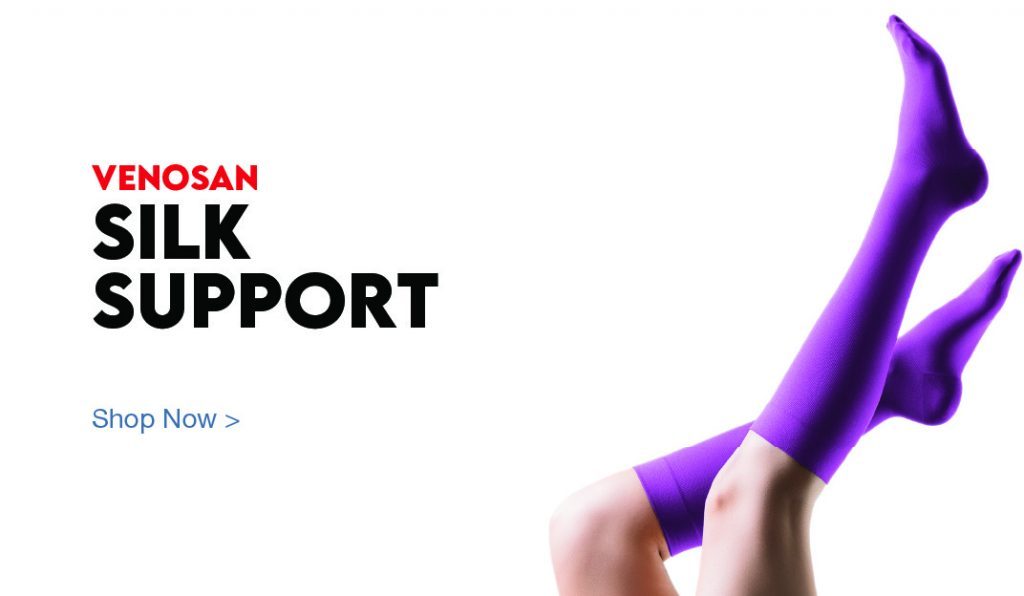The Lymphatic System
The human vascular system is composed of three main parts: the arterial system, the venous system and the lymphatic system. Arteries carry oxygen to cells and veins carry deoxygenated blood back to the lungs and heart. This flow of blood is constantly providing oxygen and nutrient rich fluid to every cell in the body. This fluid exits the blood capillaries to nourish and bathe the cells and tissues. It is then absorbed by the lymphatic capillaries, which are finger-like tips of the lymphatic vasculature that are positioned near the blood capillaries.
This lymph fluid then flows through a series of lymph nodes that filter it before it returns back into the circulatory system. As the fluid is filtered, the immune cells within lymph nodes are able to detect and mount an immune response to any bacteria or viruses that have entered the body. Some of the lymphatic system’s main roles are to provide immune functions that protect against the environment, remove wastes from the fluid that bathes your cells, and manage fluid volume in the tissues.



